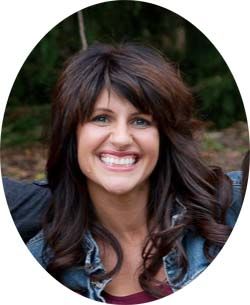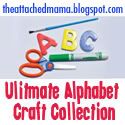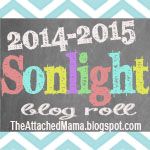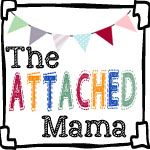The lip of lid and tray also help keep the crayon, chalk, or pencil in bounds. This also makes it easier for a very young child to do this.
Materials Needed:
-Large plastic lids or trays (to use as boarder to show the kids where to scribble)
-Chalk, Colored Pencils, or Crayons
-Rubbing Plates*
-Paper
-Tape (Any tape will work. I prefer to use pai
Prepare:
1) Tape the rubbing plates to the lid or tray.
2) Tape another piece of blank paper over the rubbing plate.

Process:
1) Talk about it: Allow the child to feel the rubbing plate before taping it to the lid. Talk about the bumps on the surface of the plate and how they form a picture. Discuss the various pictures on the rubbing plate. What are the insects doing? What kind of insects do you see? Allow the child to choose a picture that they want to use for their creation. Discuss how when you rub your crayon over the paper, a picture will suddenly appear because of the bumps underneath.
2) Give the child a crayon, colored pencil, or piece of chalk and let them rub with it until a picture emerges.
Our Story:
The kids were very excited to get the rubbing plates out. Marcus choose to make a butterfly, and Sophia choose to make a spider. (Not what I would have predicted them choosing!)
After talking about the plates I taped them to the lids and then taped a piece of paper over that. Then I let the kids attempt to do their rubbing.
At first I tried using large pieces of outdoor sidewalk chalk to do the rubbings. I instructed Marcus to hold the chalk sideways and rub it over the paper. He struggled doing this however. His hands tended to want to roll the chalk like you would when making a "snake" with play-dough.

Also, I was less than pleased with the appearance of the rubbings when using chalk.

Next, I tried our crayola jumbo crayons. (And for those of you who don't own these...get yourself to store. They are GREAT for art projects and little hands.)
These worked much better! The kids went wild with the crayons scribbling all over the paper. And suddenly (almost magically) the design began to appear. I chuckled at how surprised the kids were at the result of the insects showing through.


We hung our spider and butterfly drawings on our "wall of fame" to show Daddy when he got home from work. The kids were quite proud of their creations.
Sophia's Rubbing:

Marcus's Rubbing:

*Where can I find Rubbing Plates?
Commercially Available Rubbing Plates:
I purchased some commercially available rubbing plates in the shapes of various leaves and insects. I liked these because I thought they were very pretty and had a lot of potential during future nature studies.
Make Your Own Rubbing Plates:
You can also very easily make your own rubbing plates.
This Little Project used a hot glue gun and cardboard to make several very pretty rubbing plates. Here complete instructions can be viewed on her blog.



















1 comments:
Oh this looks like a great project. I love all the detail you provided about how to do it!
Post a Comment